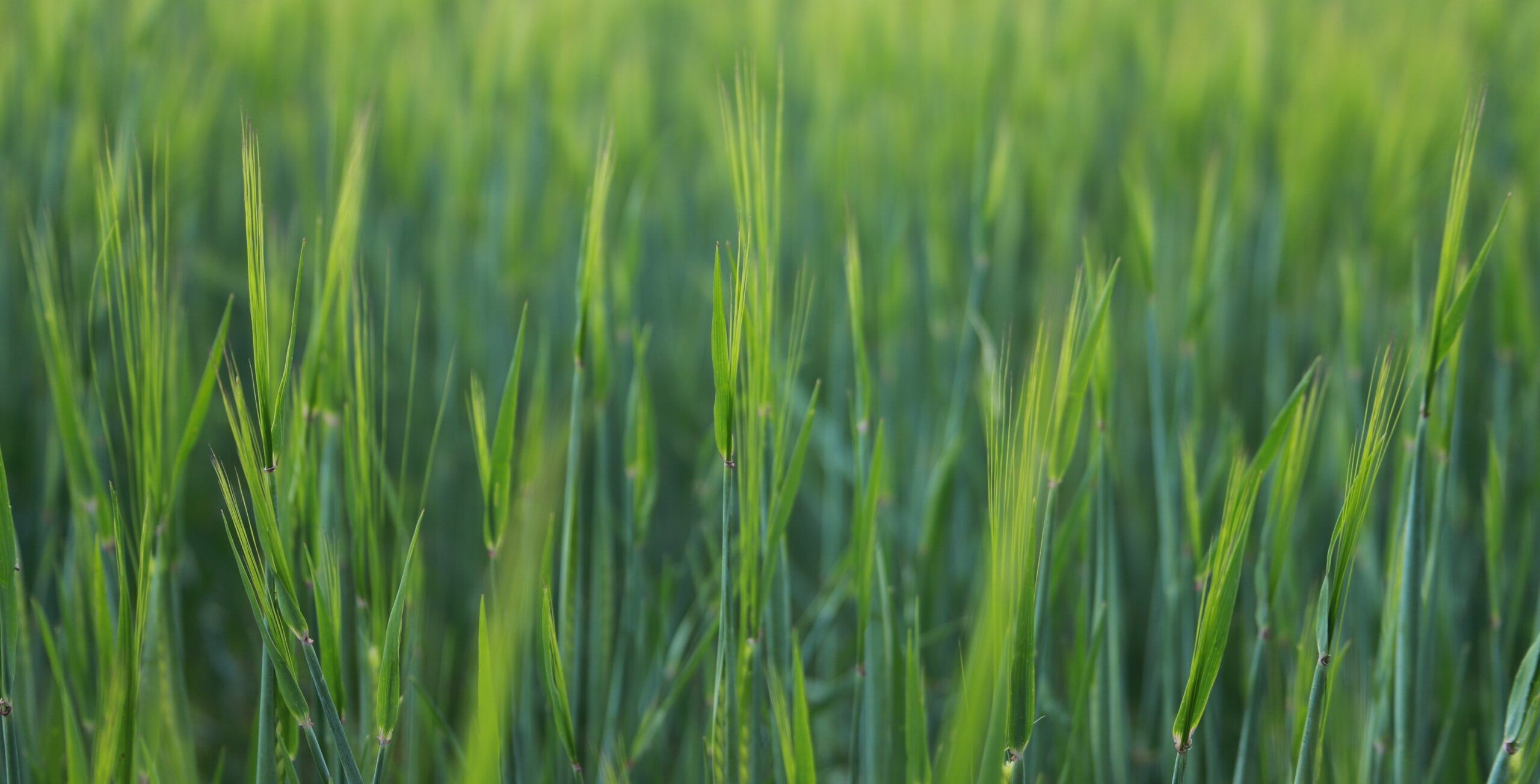Nutrient Stratification in No-Till Soil. What Can We Do About It?
By Frederik Vilhelm Larsen
When you practice long-term direct seeding, phosphorus and potassium can become concentrated in the top of the soil. This is particularly relevant when combining direct seeding with manure application, where the manure is typically distributed on the soil surface.
Surface application is perfectly fine for nitrogen and sulfur, since both are highly mobile and easily move deeper into the soil. The challenge lies with P and K.
Soil mobility of phosphorous and potassium
The first thing to note is that K moves in sandy soil (i.e., JB4 and below), whereas K behaves much like phosphorus above JB4. This means that K does not move within the soil profile.
Next is phosphorus (P). P does not move within the soil and only diffuses a few millimeters towards the root during plant uptake. In our directly seeded cultivation systems, we hope to recruit mycorrhizal fungi and earthworms to assist with P and K supply.
Earth worms and mycorrhiza impact nutrient availability
We often observe how earthworms can create a fertile topsoil lining along their burrows deep into the soil. Usually, plant roots follow these burrows, intuitively suggesting better P and K uptake where earthworm burrows have facilitated this. Whether mycorrhizal fungi can supply the crop with sufficient P is debated, but we can observe that direct seeding has the potential to provide favorable conditions for them to do their best.
Experiments with deep placement of P and K
In Australia, they have been conducting experiments on nutrient stratification in agricultural soil for many years. This is partly because they have a longer and more widespread tradition of direct seeding, but also because their old soil naturally has low nutrient content. Here, it has been shown that as a rule of thumb, a crop takes up 50% of its P from below 10 cm in the soil.
In the province of Queensland, over a 10-year period, the effect of a series of experiments on deep placement of P and K at a depth of 20-25 cm was investigated. Specifically, this was done as a single crop rotation allocation that could benefit several subsequent crops. P and K were placed at a depth of 25 cm and with either 25 or 50 cm row spacing. The main conclusion from the experiment was increased yields of 10-40%, primarily for spring crops. I would expect winter wheat to have a smaller response to deep placement of P and K because winter wheat can take up more P and K from the surface before the soil dries out during spring and summer.
If one were to experiment with this under Danish conditions, it would be advisable to place 30-50 kg P/ha and 80-100 kg K/ha at a depth of 25 cm when group seeding winter rapeseed in August. This way, subsequent no-till crops can benefit from this depot.

